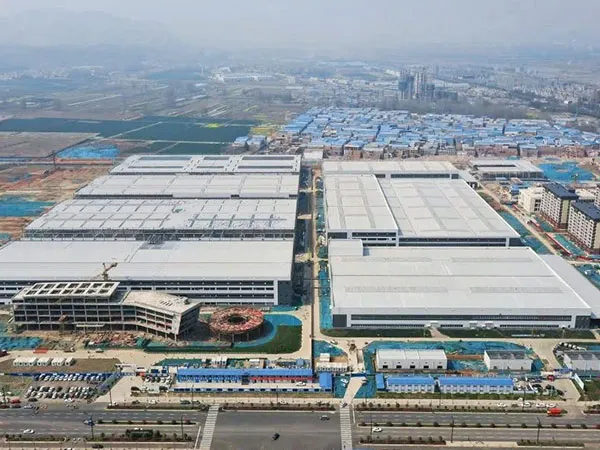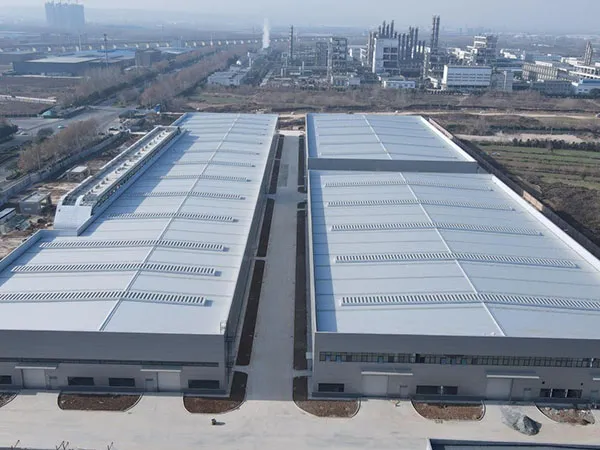The industrial steel structure painting process is a multi-step process designed to protect the steel from corrosion and enhance its aesthetic appeal. A well-executed industrial steel painting process enhances durability, prevents rust, and maintains structural integrity. Following standard protocols ensures a long-lasting protective coating.
Industrial Steel Structure Painting Process

1. Surface Preparation (Crucial for Adhesion & Long-Term Performance)
Cleaning: Removing dirt, oil, grease, mill scale, rust, weld spatter, and other contaminants is the most critical step. Methods include:
Solvent Cleaning: Used to remove oils, greases, and other organic contaminants. Often involves wiping, spraying, or immersion using solvents like mineral spirits or specialized degreasers.
Alkaline Cleaning: Uses alkaline solutions to remove oils, greases, and sometimes rust. Effective for removing stubborn oily residues.
Steam Cleaning: Uses high-pressure steam to blast away dirt and grease.
Mechanical Cleaning:
Wire Brushing/Grinding: Used for localized rust removal or to prepare edges and welds.
Power Tool Cleaning: Using rotary or needle scalers, angle grinders with abrasive discs, or other power tools to remove rust, mill scale, and other debris. Important to choose the correct tool and abrasive for the steel and coating.
Abrasive Blasting (Sandblasting, Grit Blasting, Shot Blasting): This is the most effective method for removing mill scale and rust and creating a profile (roughness) on the steel surface to which the paint can adhere.
Media: The choice of abrasive media (sand, steel grit, steel shot, aluminum oxide, etc.) depends on the required profile, steel grade, and environmental regulations.
Steel grit or shot is often preferred for structural steel due to its effectiveness and recyclability.
Blast Standards: Abrasive blasting must meet specific cleanliness standards, most commonly defined by:
SSPC (Society for Protective Coatings) and NACE (National Association of Corrosion Engineers): These organizations have merged to form the AMPP (Association for Materials Protection and Performance). Common standards include:
SSPC-SP 5/NACE No. 1 (White Metal Blast Cleaning): The most thorough, leaving a nearly white metal surface with no visible rust, mill scale, or contaminants.
SSPC-SP 10/NACE No. 2 (Near-White Metal Blast Cleaning): Allows for very slight staining, but still a very clean surface.
SSPC-SP 6/NACE No. 3 (Commercial Blast Cleaning): Allows for more staining, but removes loose rust, mill scale, and other contaminants.
SSPC-SP 7/NACE No. 4 (Brush-Off Blast Cleaning): The least thorough, only removing loose material.
ISO 8501-1: An international standard for rust grades and preparation grades of steel substrates before application of paints and related products.
Profile Measurement: After abrasive blasting, the surface profile (roughness) is measured using specialized tools like replica tape or surface profile gauges. The specified profile is critical for proper paint adhesion.
2. Coating Application

Primer Application: The primer is the first coat applied and is crucial for corrosion protection and adhesion of subsequent coats.
Primer Types:
Zinc-Rich Primers: Provide excellent cathodic protection, often used in highly corrosive environments. Can be inorganic (e.g., silicate-based) or organic (e.g., epoxy-based).
…
For more detailed information about the industrial steel structure coating process, please click here: https://www.meichensteel.com/a/news/industrial-steel-structure-painting-process.html



